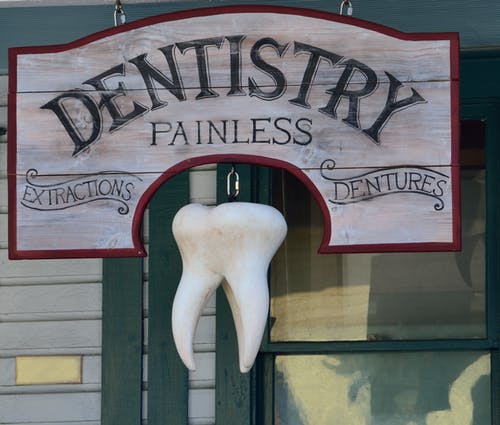Commitment is at the very core of every genuinely helping relationship. And health-centered / relationship-based practices are all about helping, so without commitment, very little helping can occur.
As we have all experienced, commitment is variable and never assured when we meet a person for the first time. This is because commitment involves risk on both emotional and financial levels.
For some, this risk is too high and they pull back. For others, they view the risk as a worthy trade for something they value highly – greater health, functioning, or an improved appearance. And finally, others may proceed with caution because the dentist is an authority figure and they do not know what else to do.
Because we are completely immersed in our practice environment day after day, it becomes easy for us to lose sight of how much risk we are expecting our patients to assume, and consequently, it becomes easy for us to have a distorted perception of how our patients perceive what we suggest as well as our processes.
A few weeks ago, I had the opportunity to observe a FB thread where the topic was crowns. None of the participants were dental professionals, so the conversation was purely among average people expressing their average perceptions of dentistry.
A: “I am going to the dentist today because he said I need a crown”
B: “All you will be left with is a stub.”
A: I probably won’t be able to chew for a while, unless I can talk him into repairing the tooth – if possible.”
C: “I had a cap done and the plastic one they put on at first kept falling off. I spent two weeks going back and forth to the dentist, and now the permanent one looks like a big glob and feels weird to my tongue.”
A: “I am planning on being on a liquid diet for a while …checking the liqueur cabinet now -lol.”
D: “I had a tooth filling drilled out and a crown prepared yesterday. The dentist had a tiny camera and took a picture of it before the prep stuff was in. My gosh, there is not much of the real tooth left!”
A: (later) ” I have a pretty big stump. I thought it would be smaller.”
When I read this, my first thoughts were, “fear and faith”. The individual was clearly fearful and was strictly functioning faithfully on a recommendation – and not on any depth of personal knowledge or understanding of his situation. It was also illuminating that everyone used amputation terms instead of rehabilitative or restorative terms. Consequently, the health-centered purpose behind receiving a crown was completely missing from this conversation as well.
Consider the meaning -from the perspective of the patient- of the dentistry we are proposing, as thoughts like these are taking place thousands if not tens of thousands of times each day across the country. Too often, what we believe patients are thinking is entirely different than what we understand and value. In that context, we may also be operating from a position of minimally informed consent and therefore doing dentistry “to people” who have no capacity to value how we are attempting to help them.
No wonder so many patients seek out the lowest price and are more loyal to their “insurance” carrier than their dentist. To them -an amputation is an amputation.
Paul A Henny, DDS


